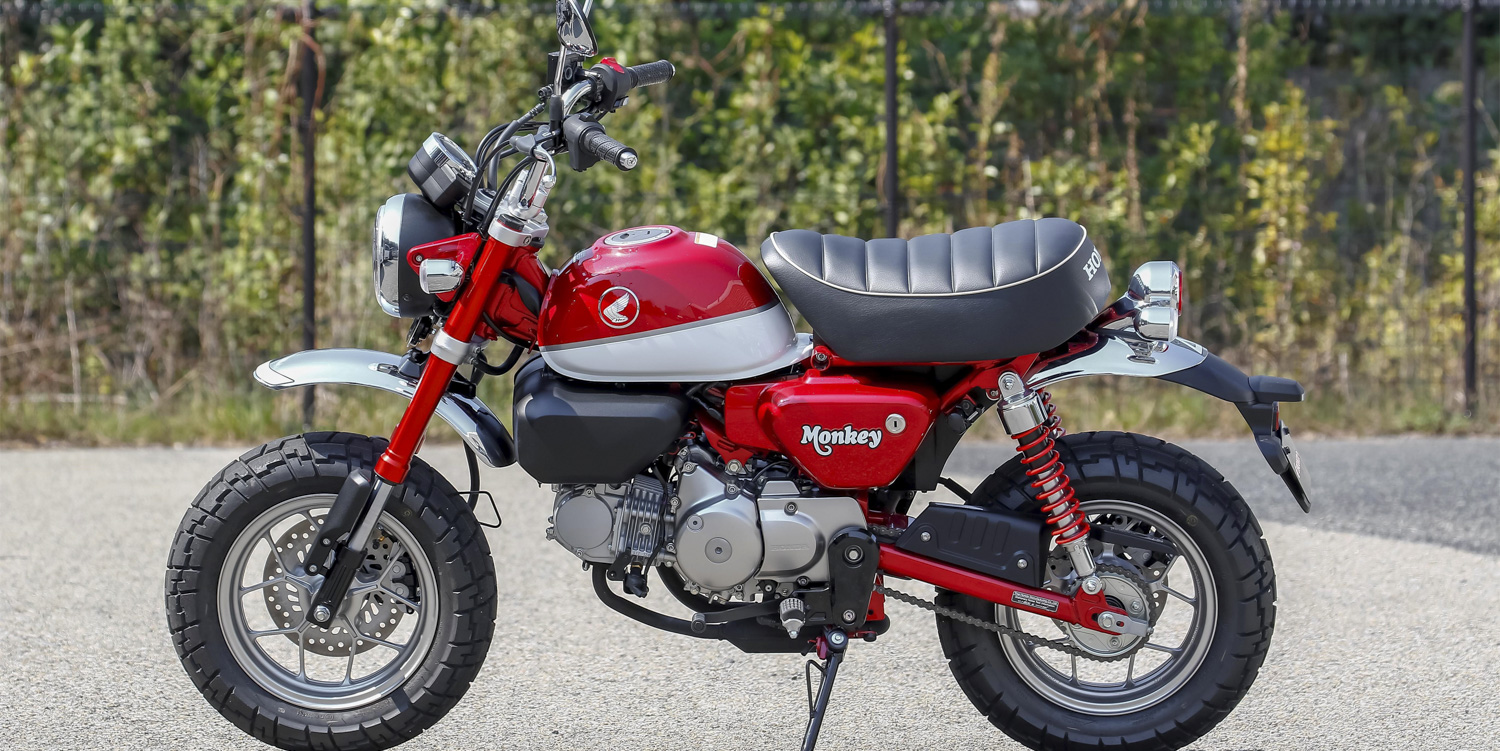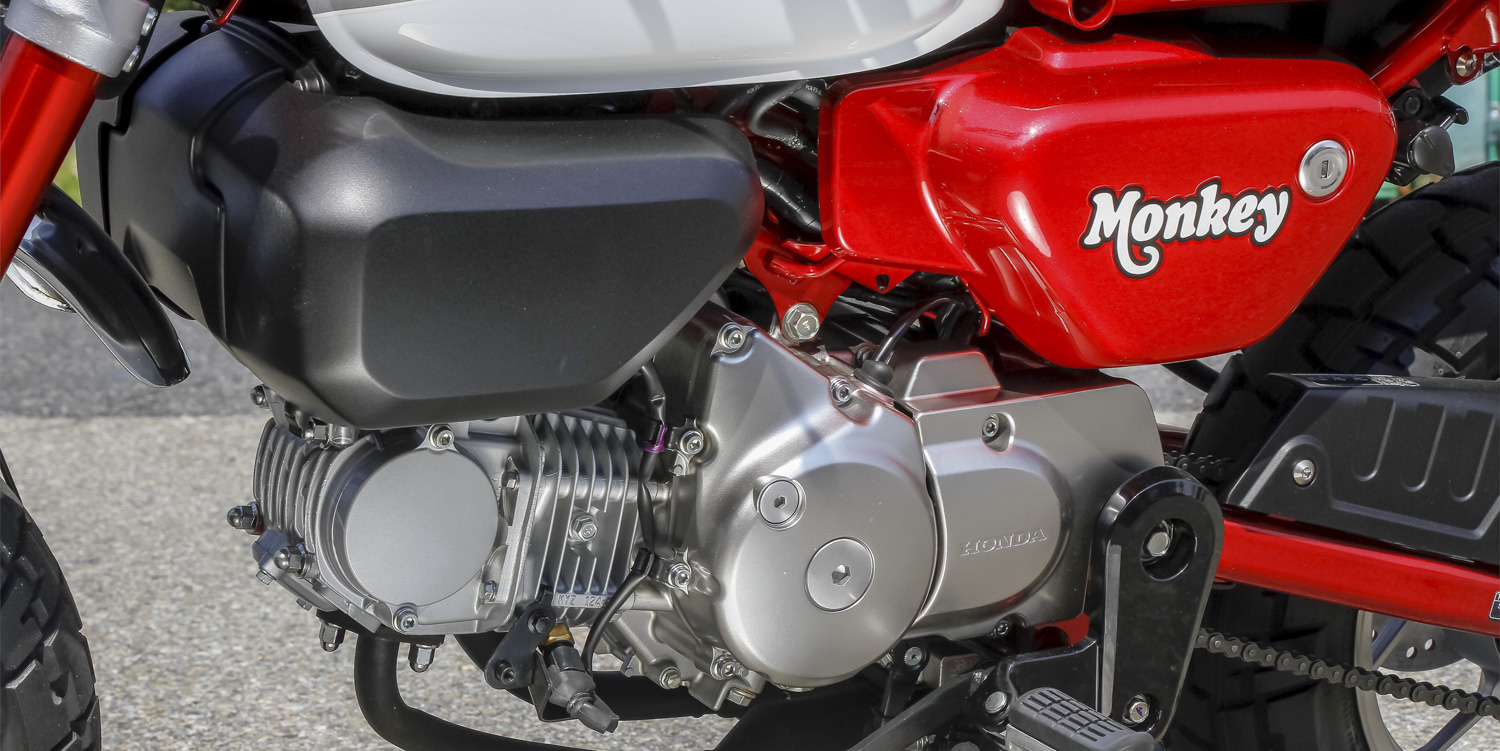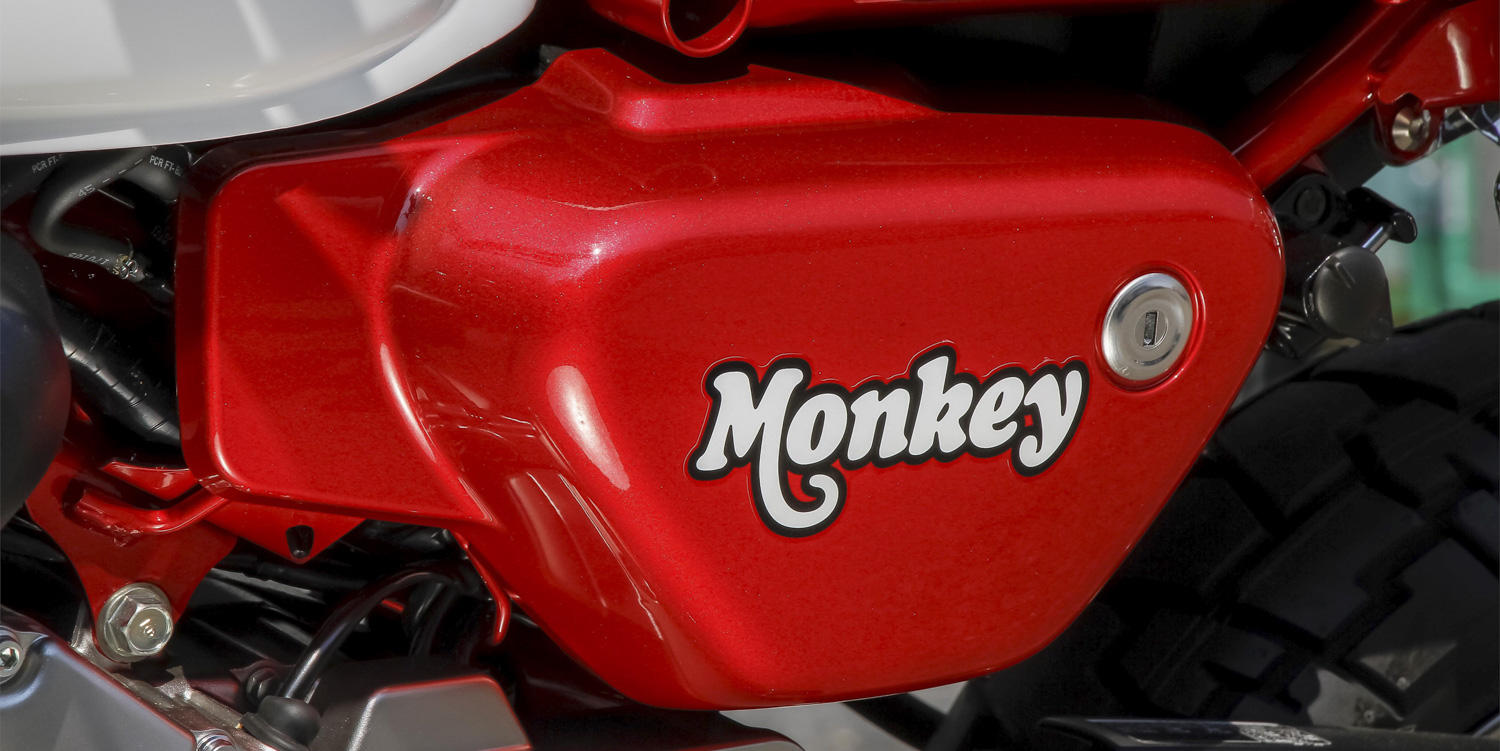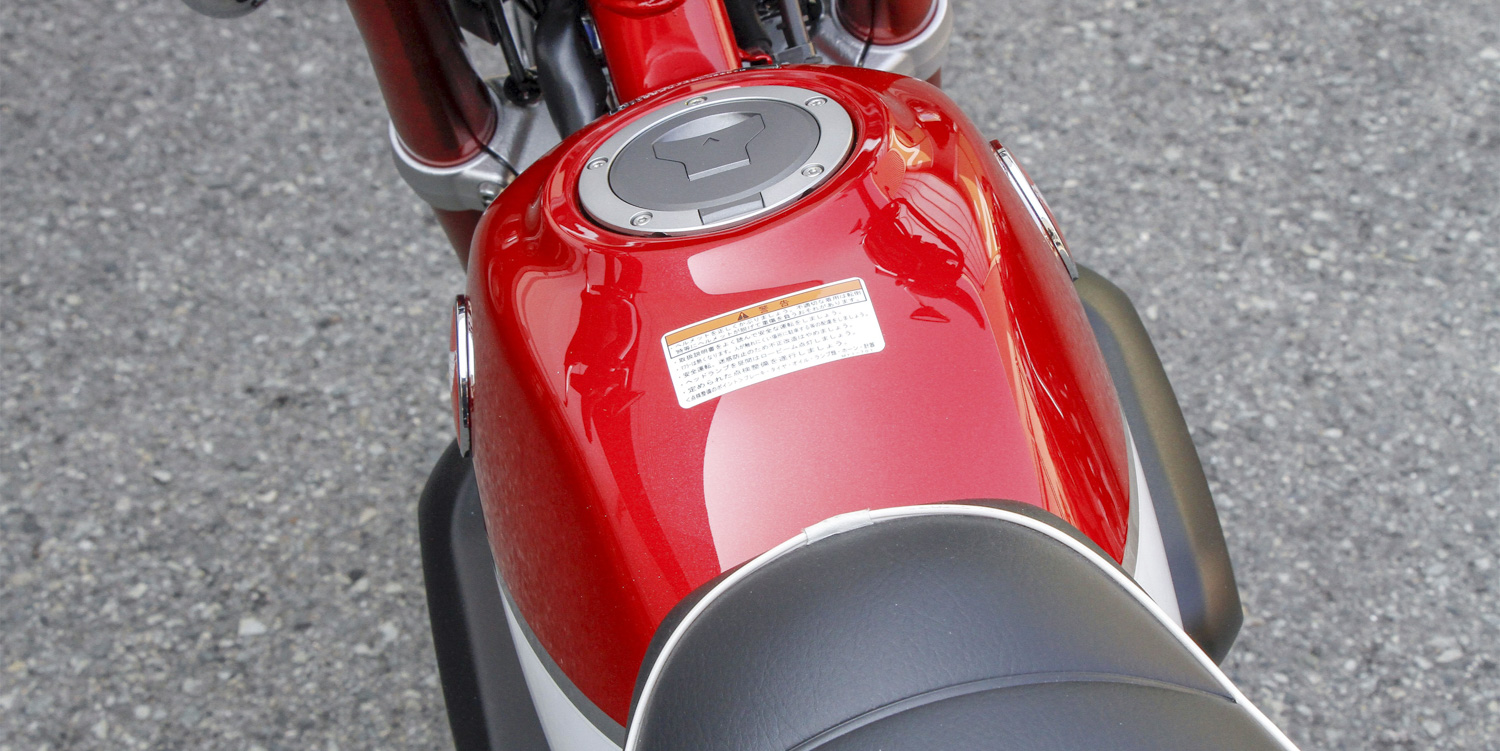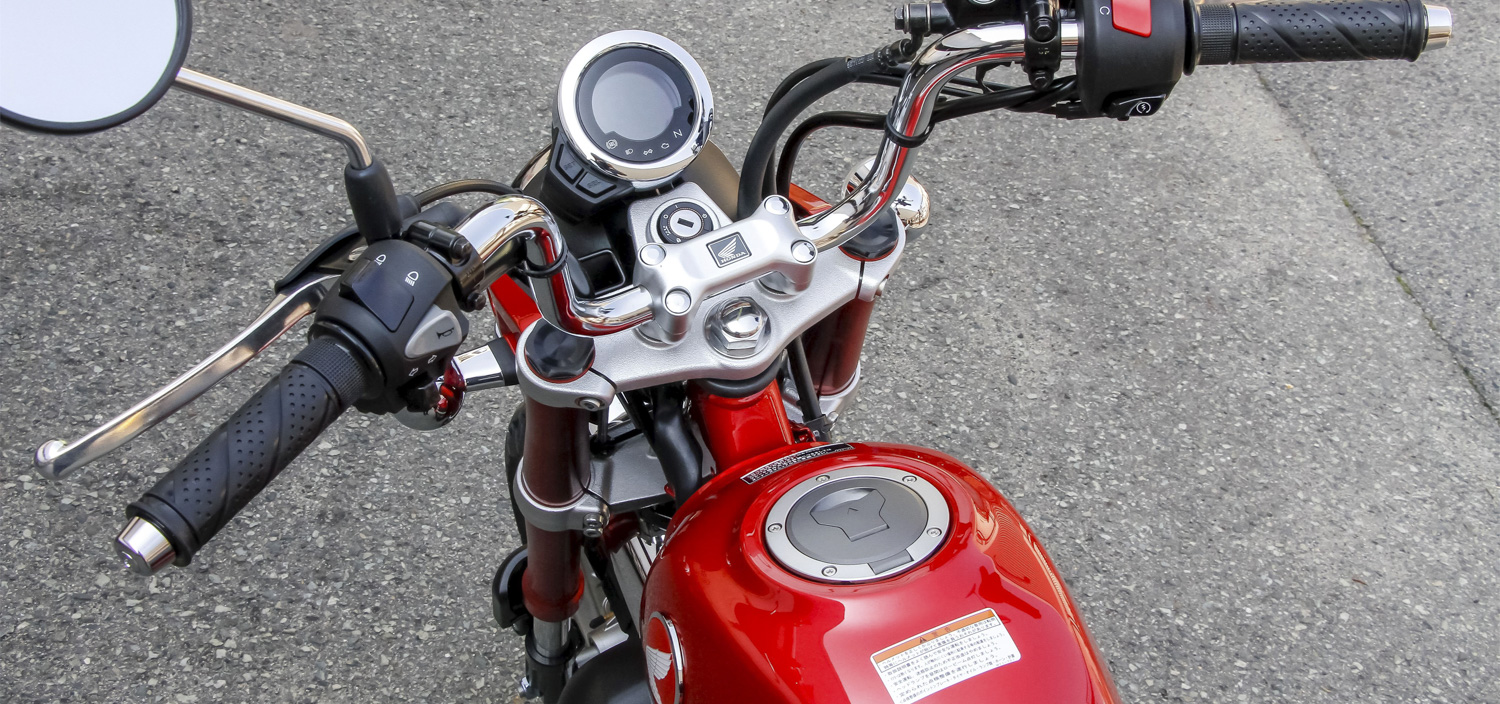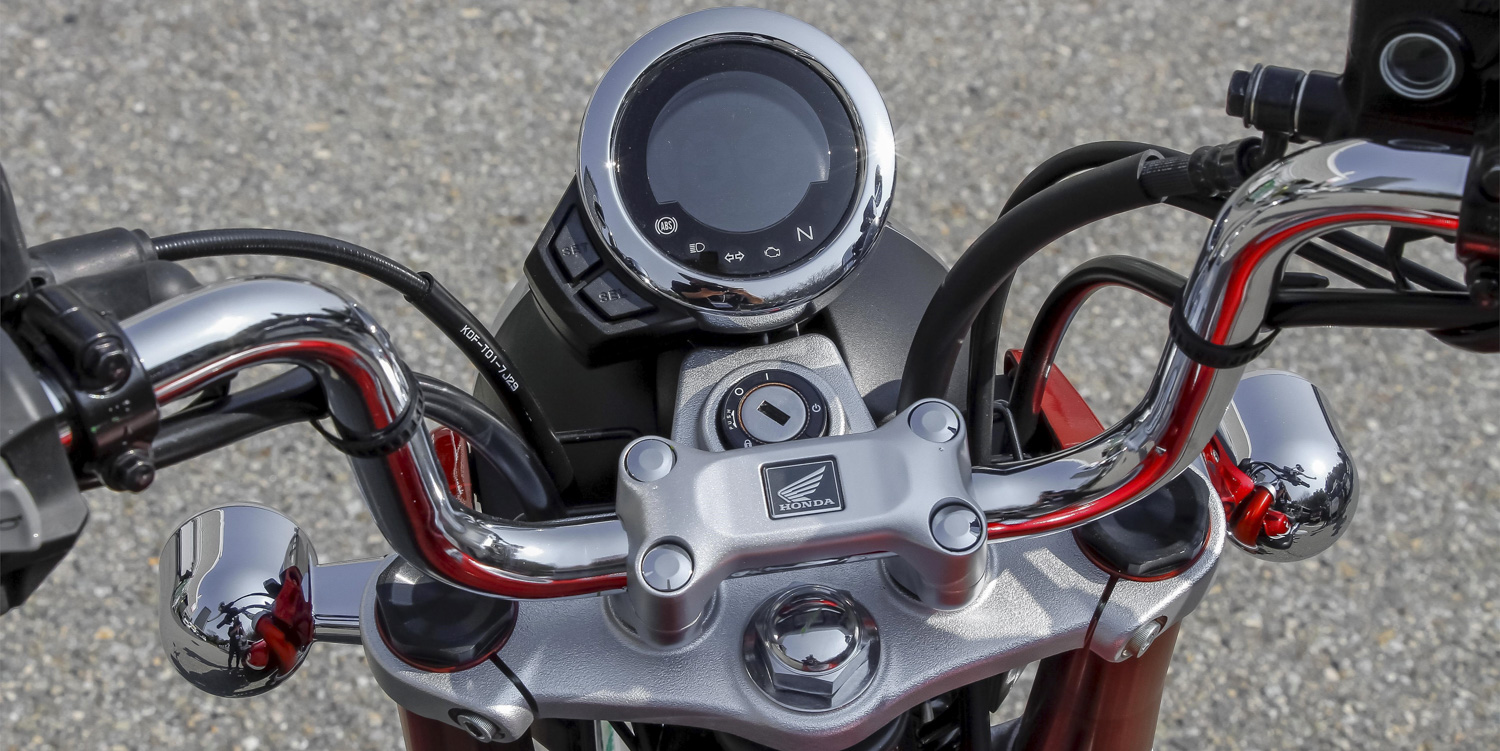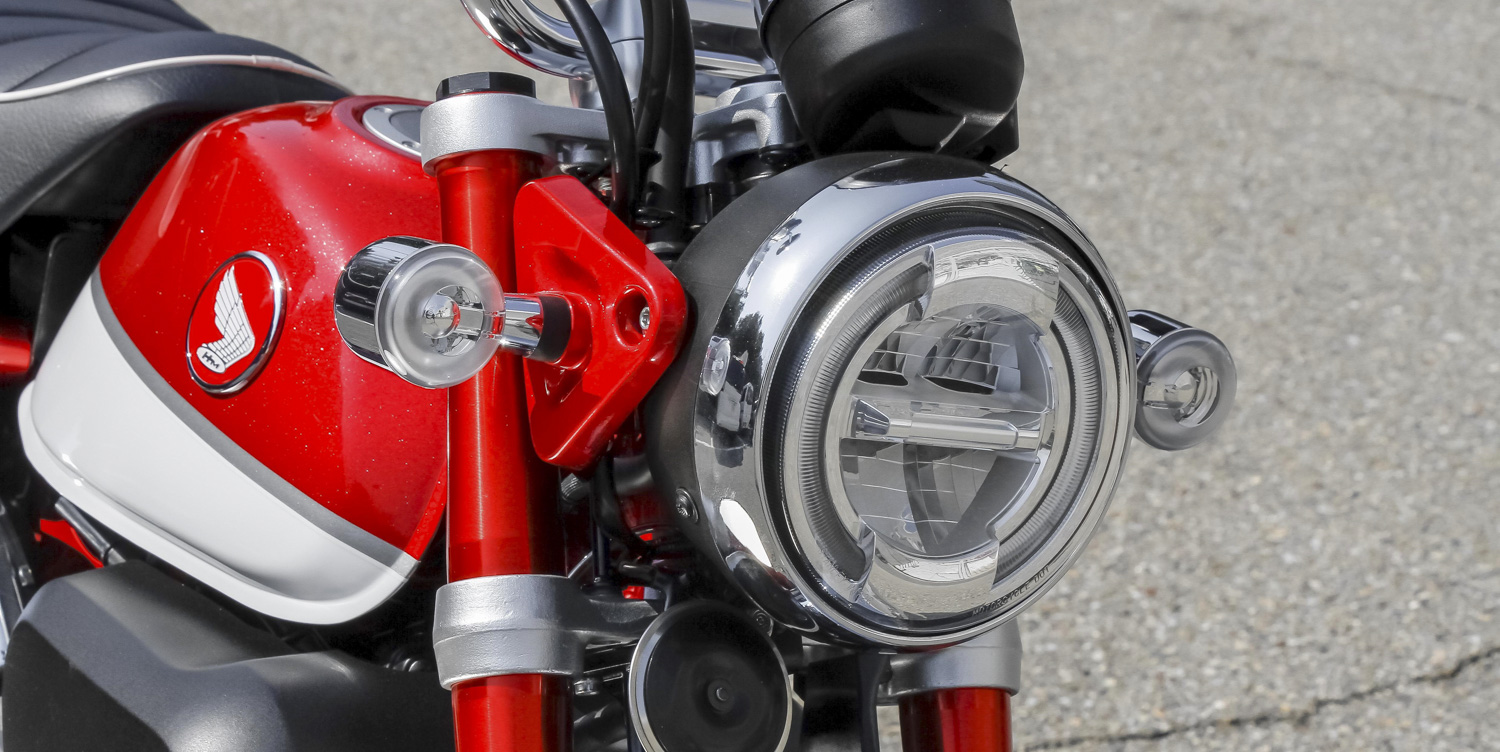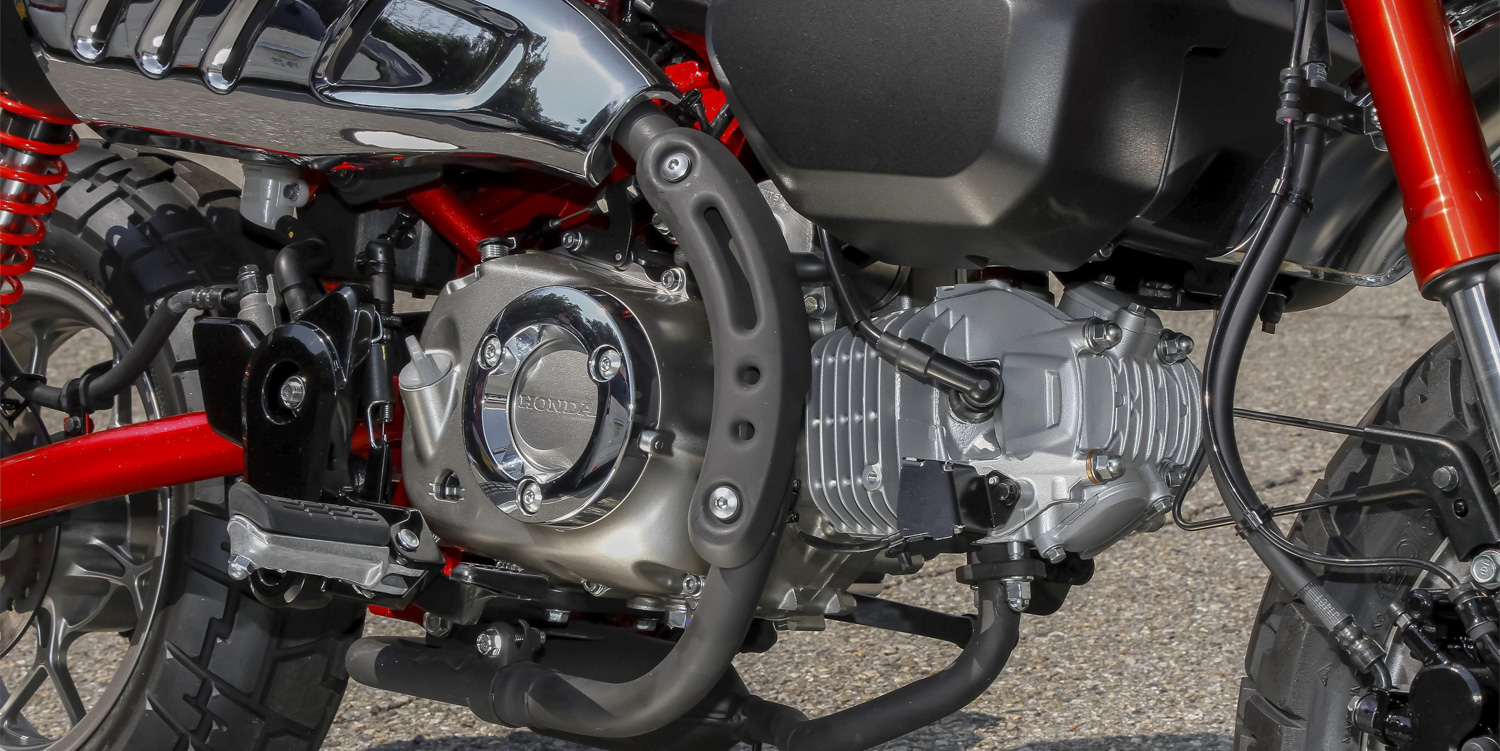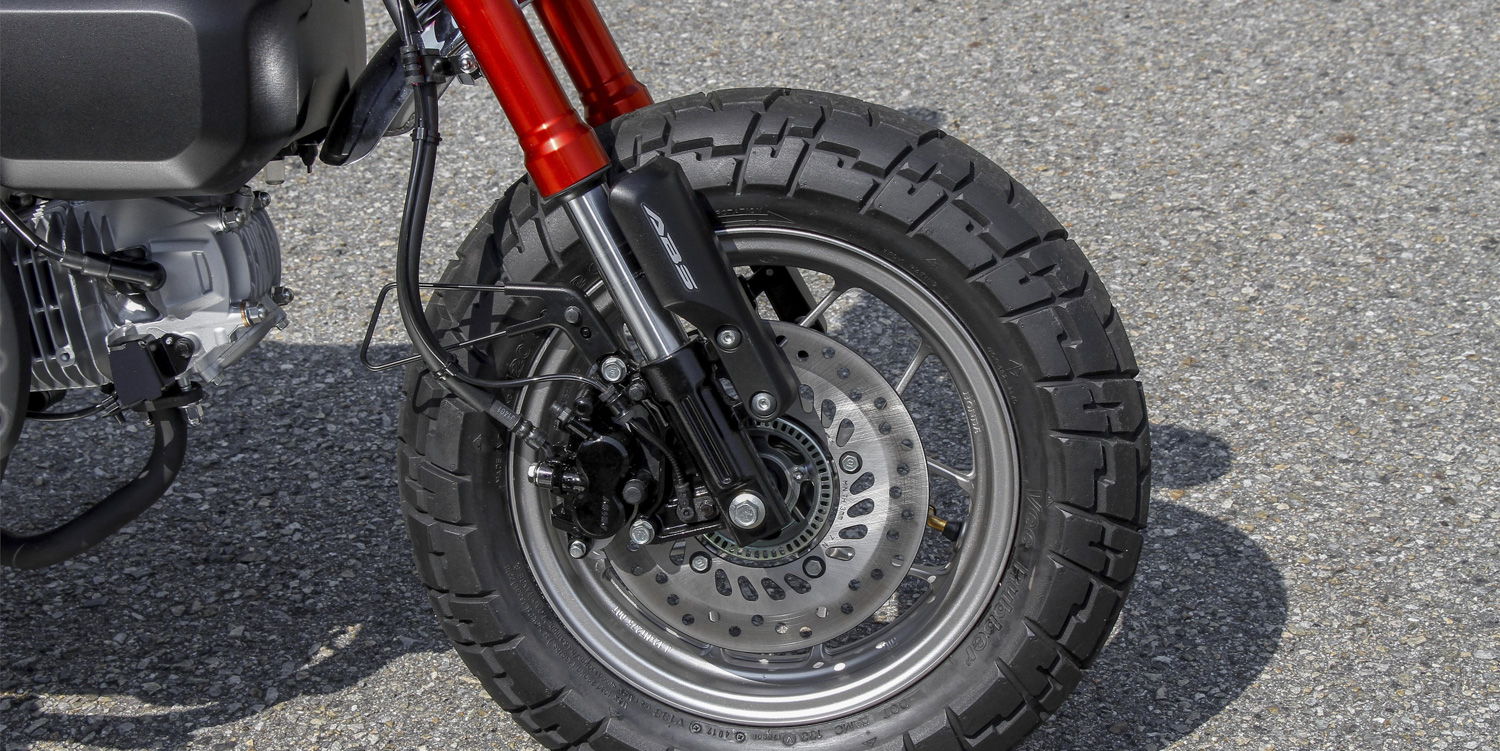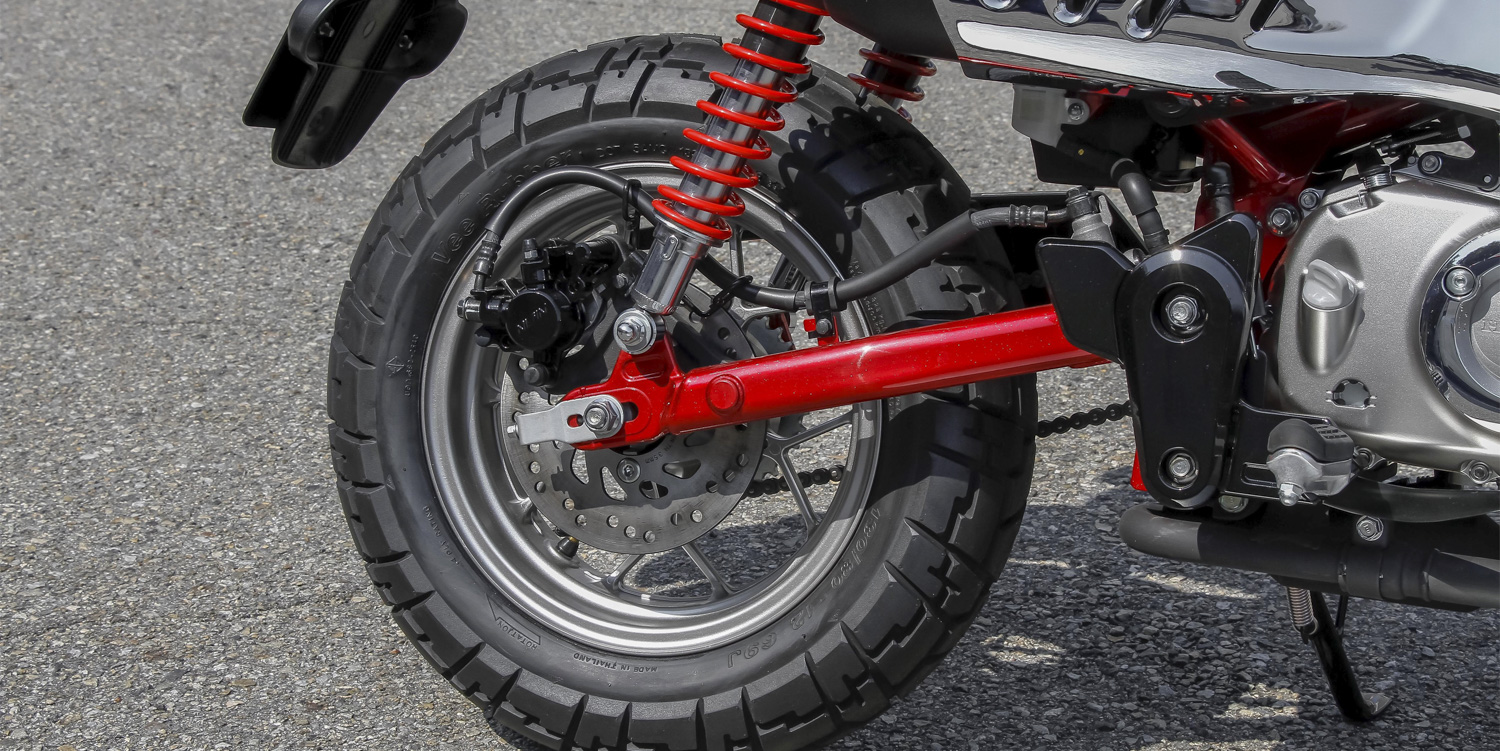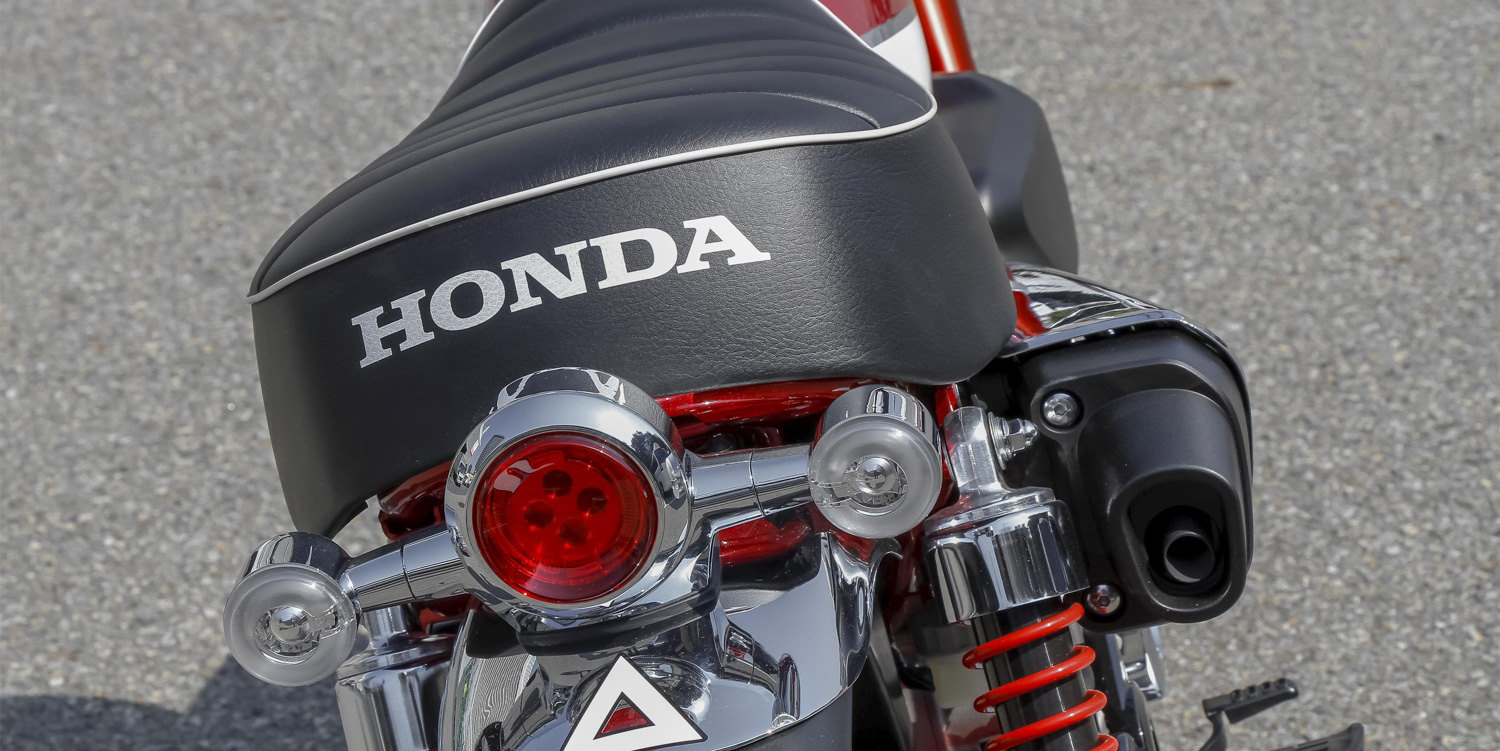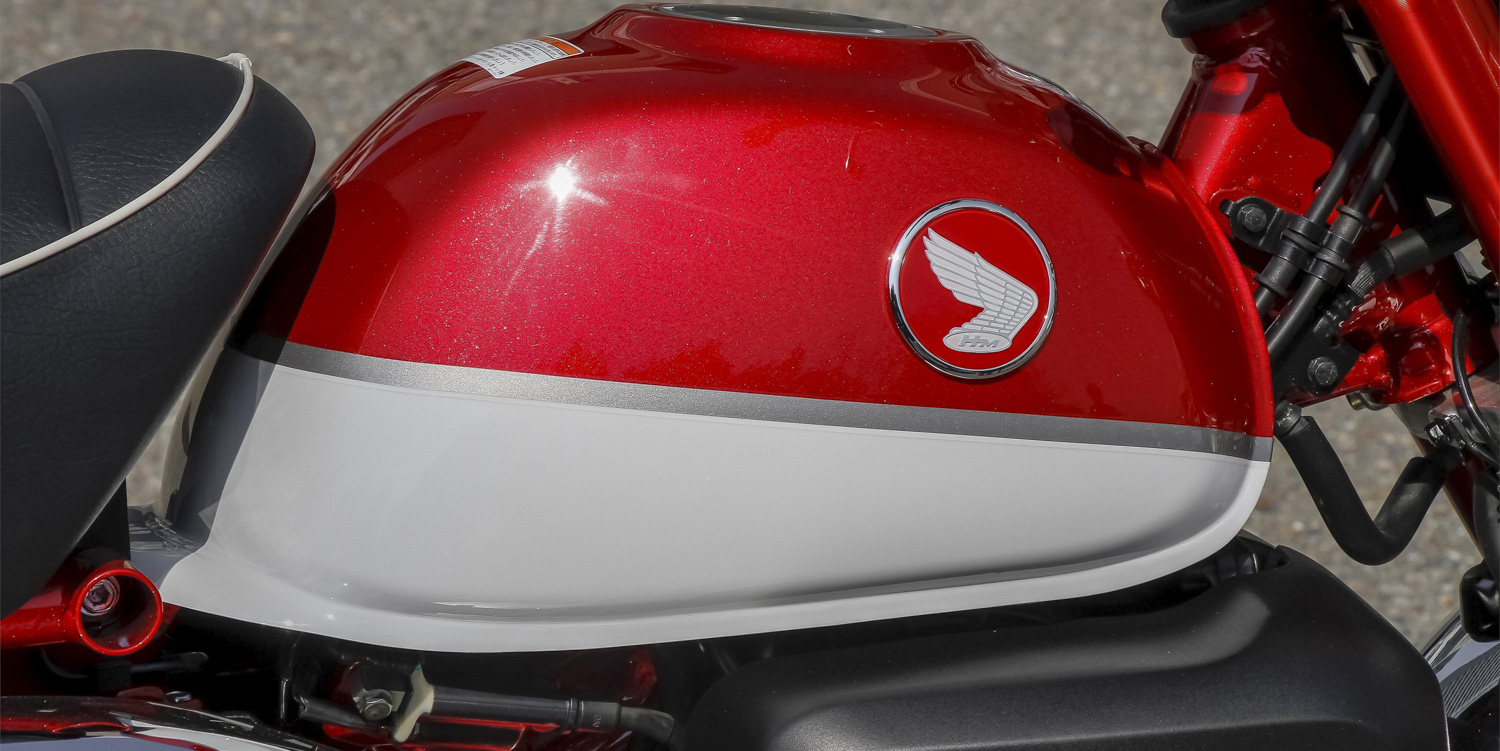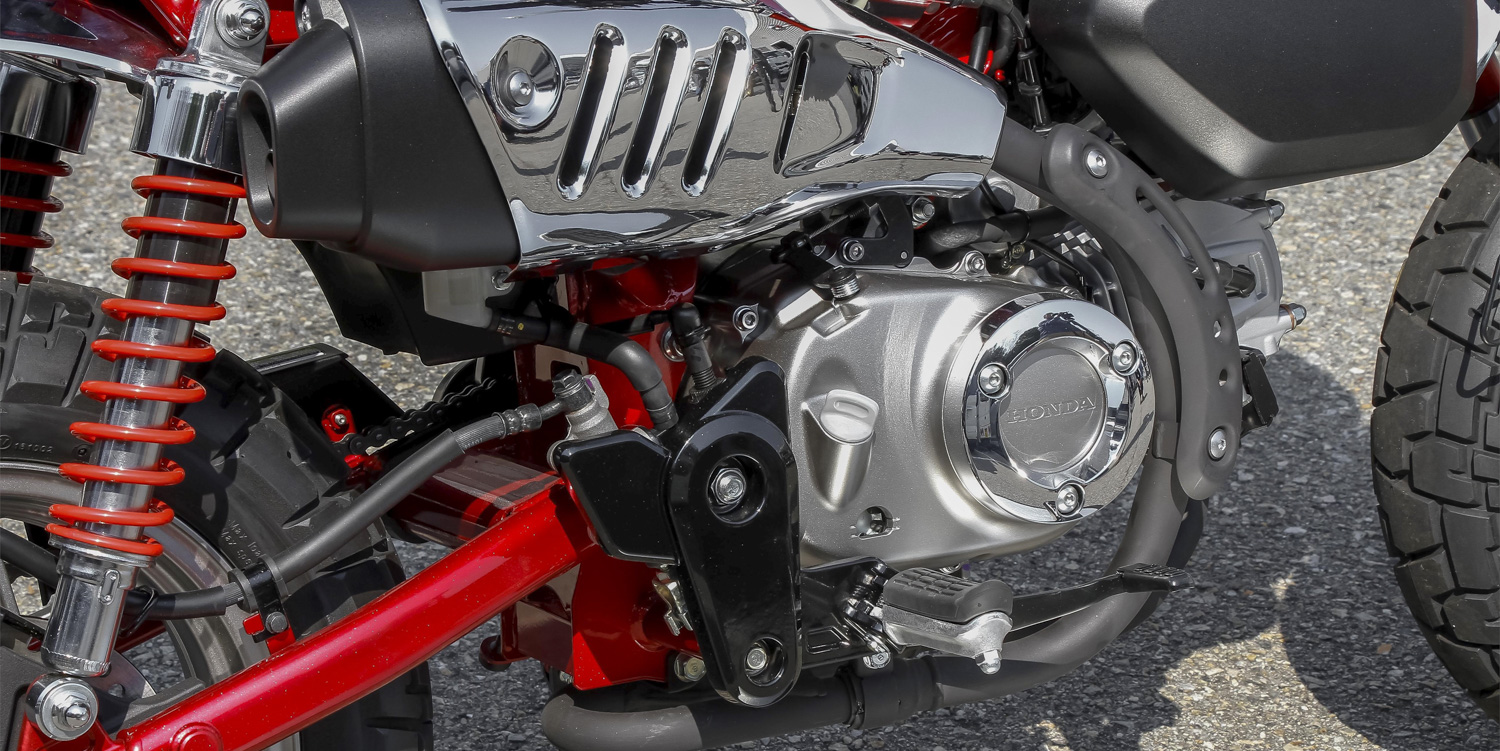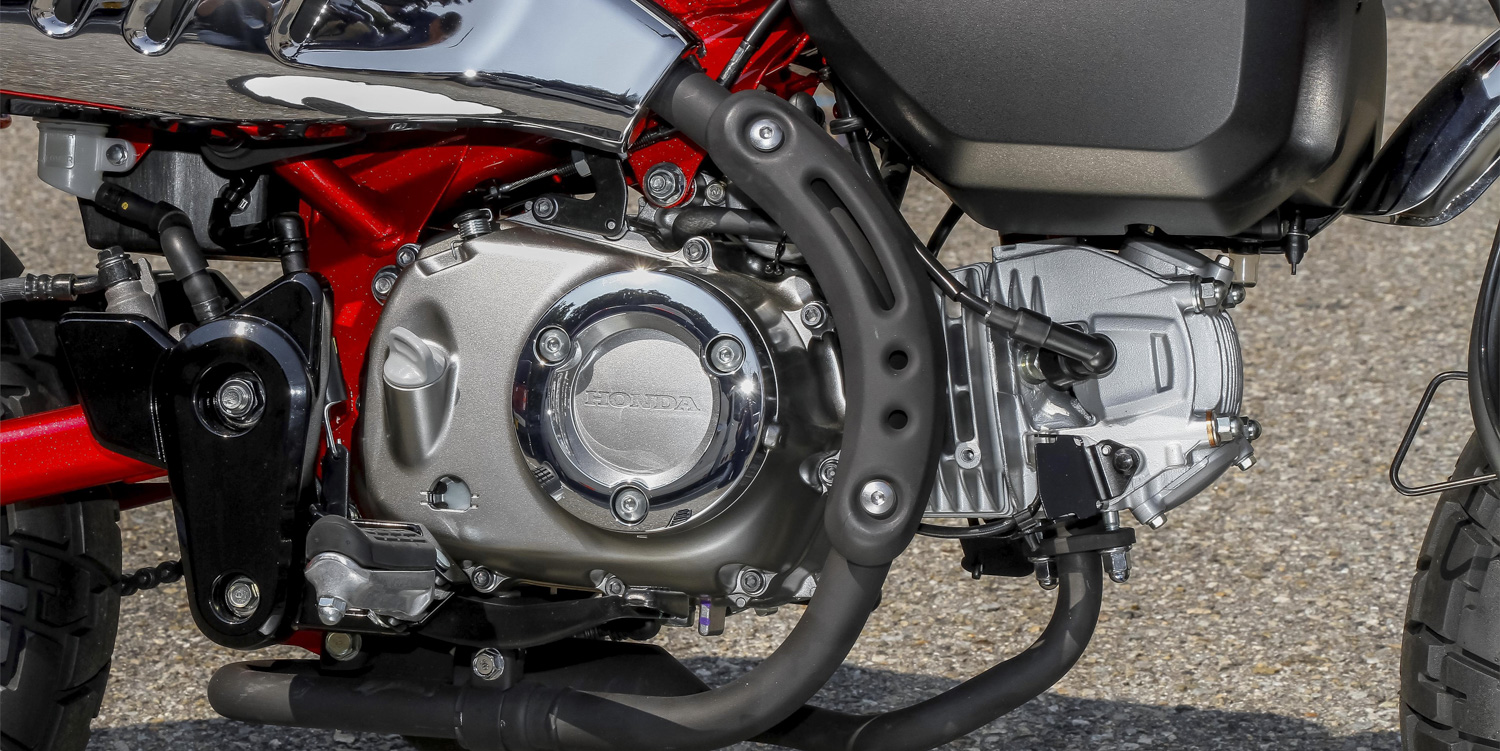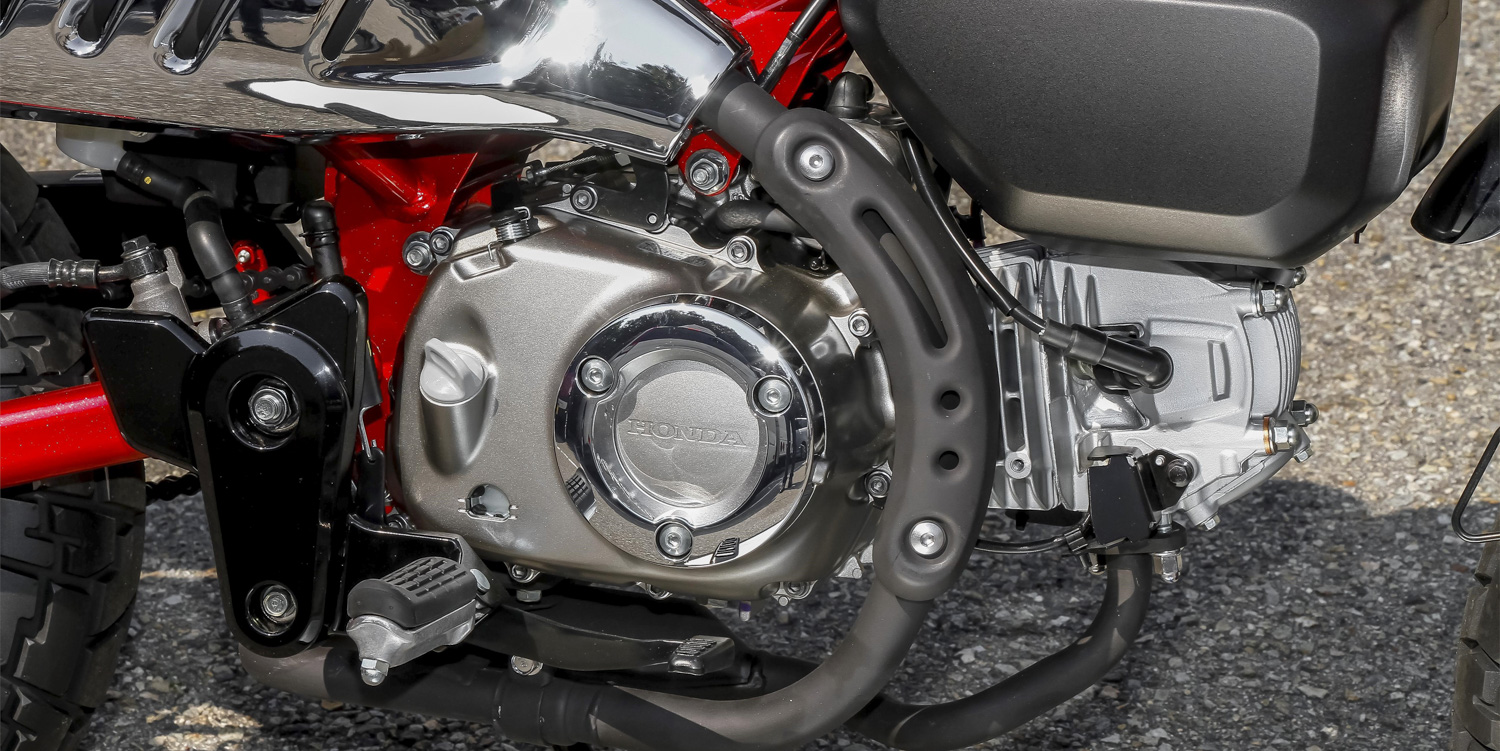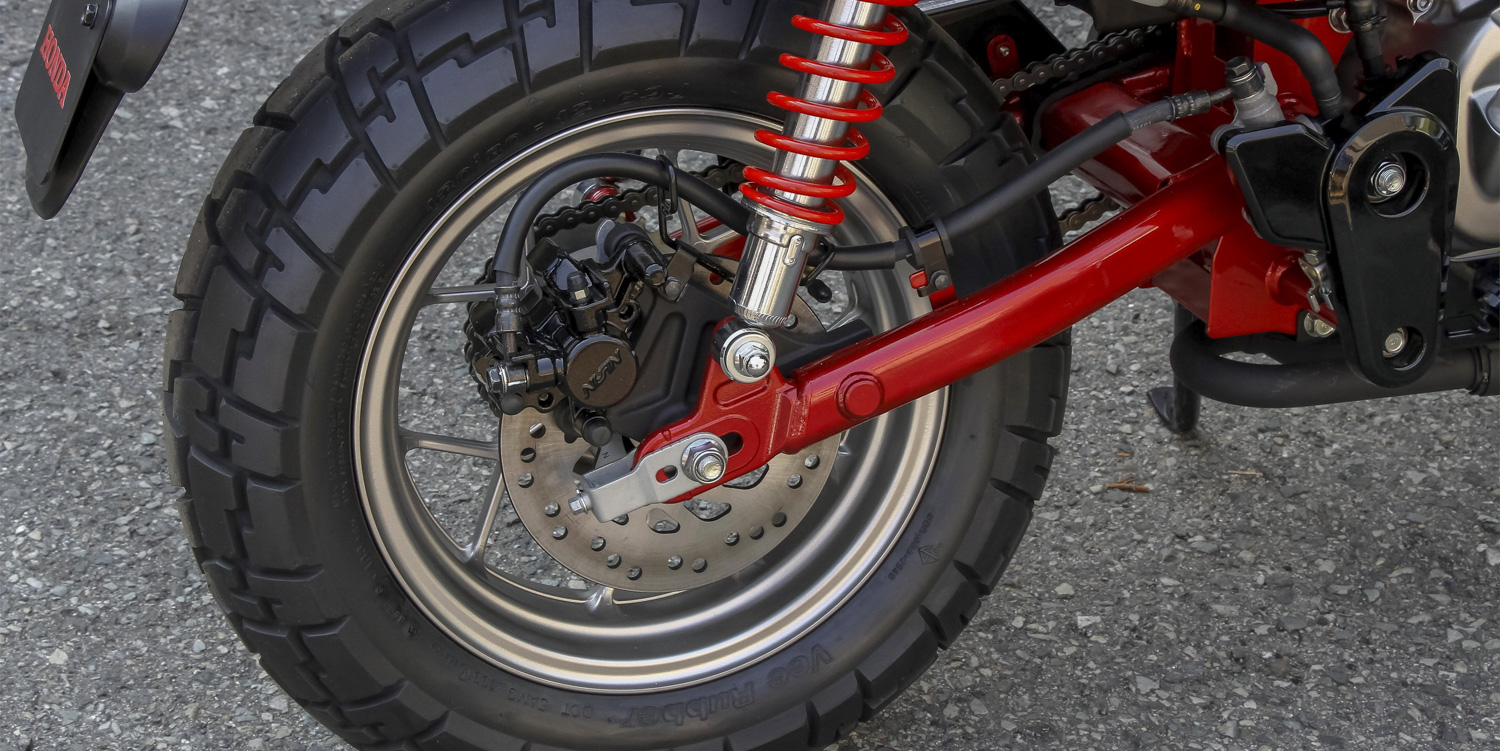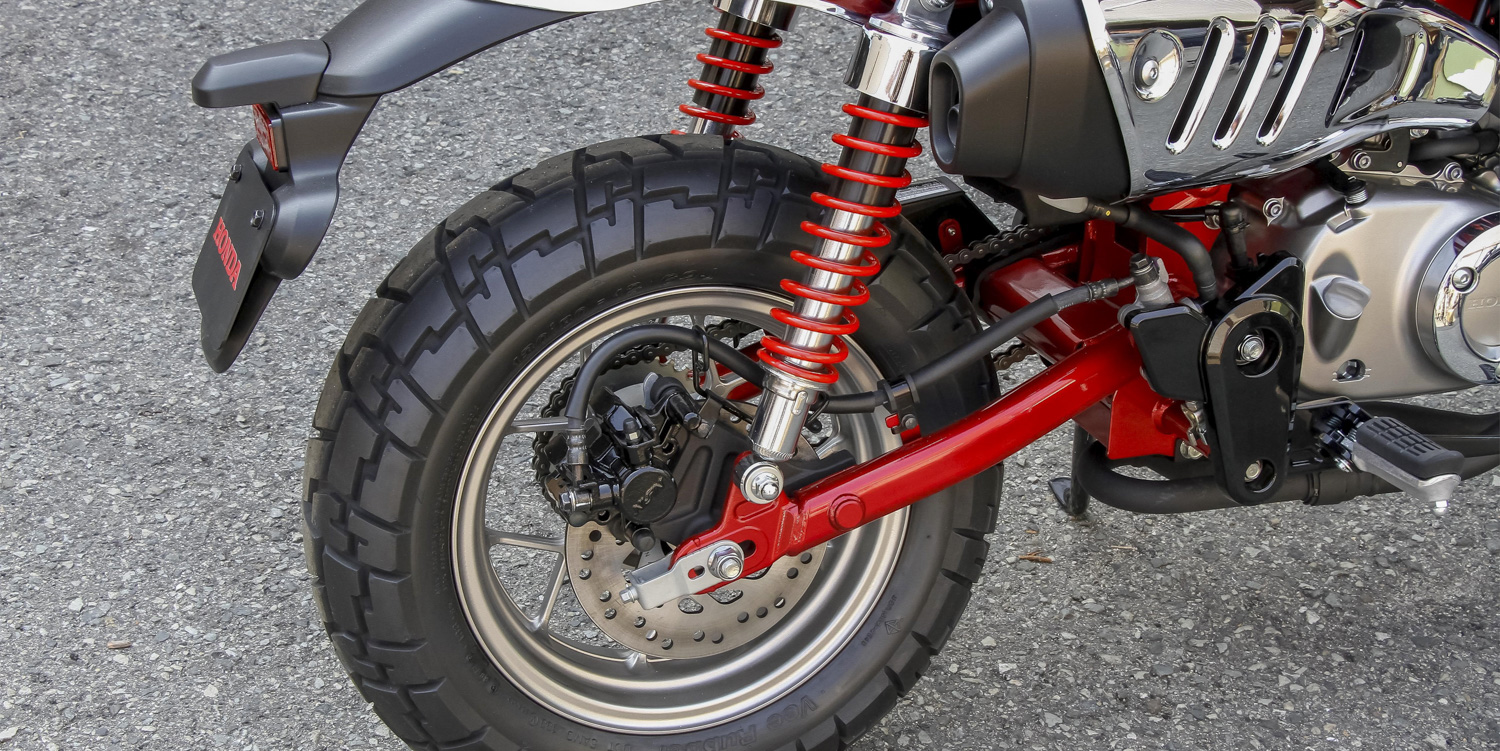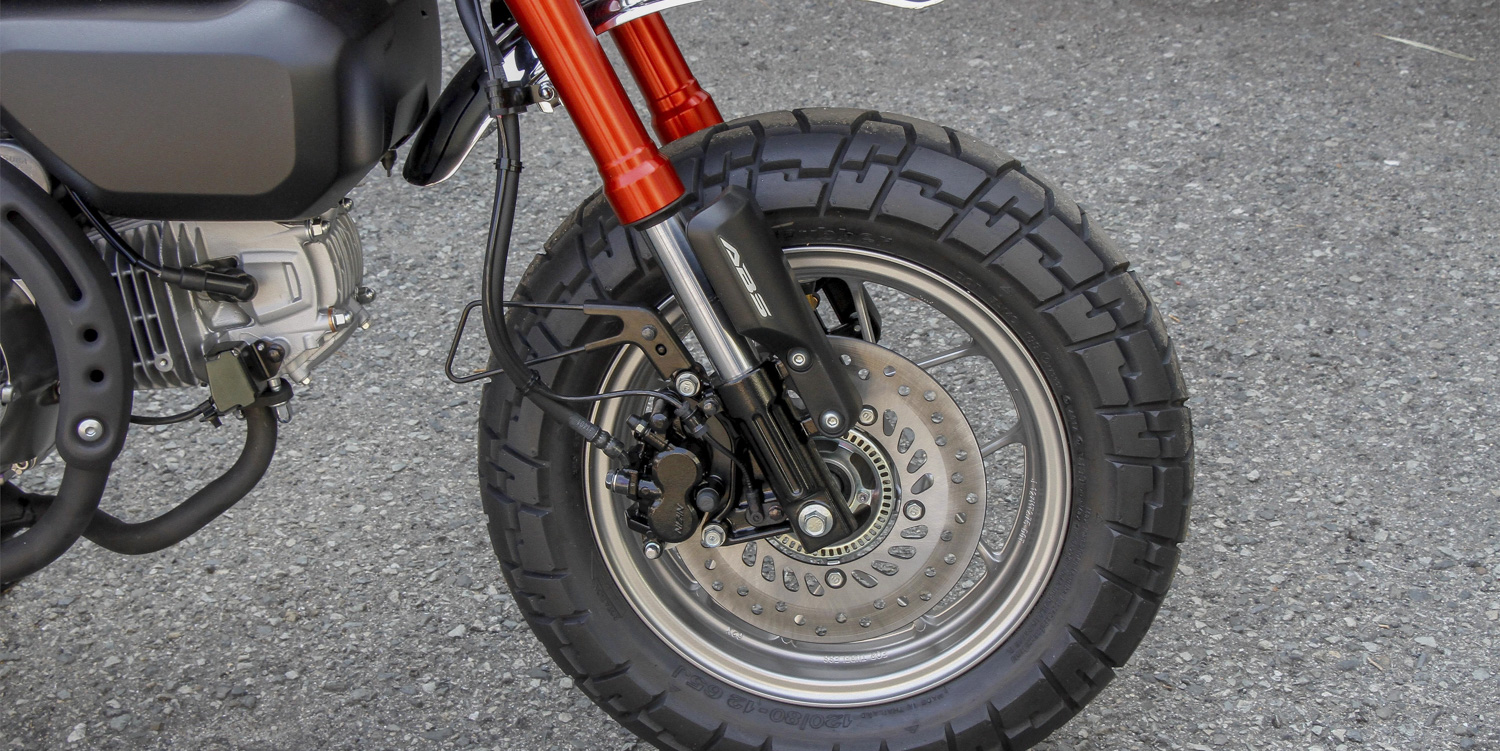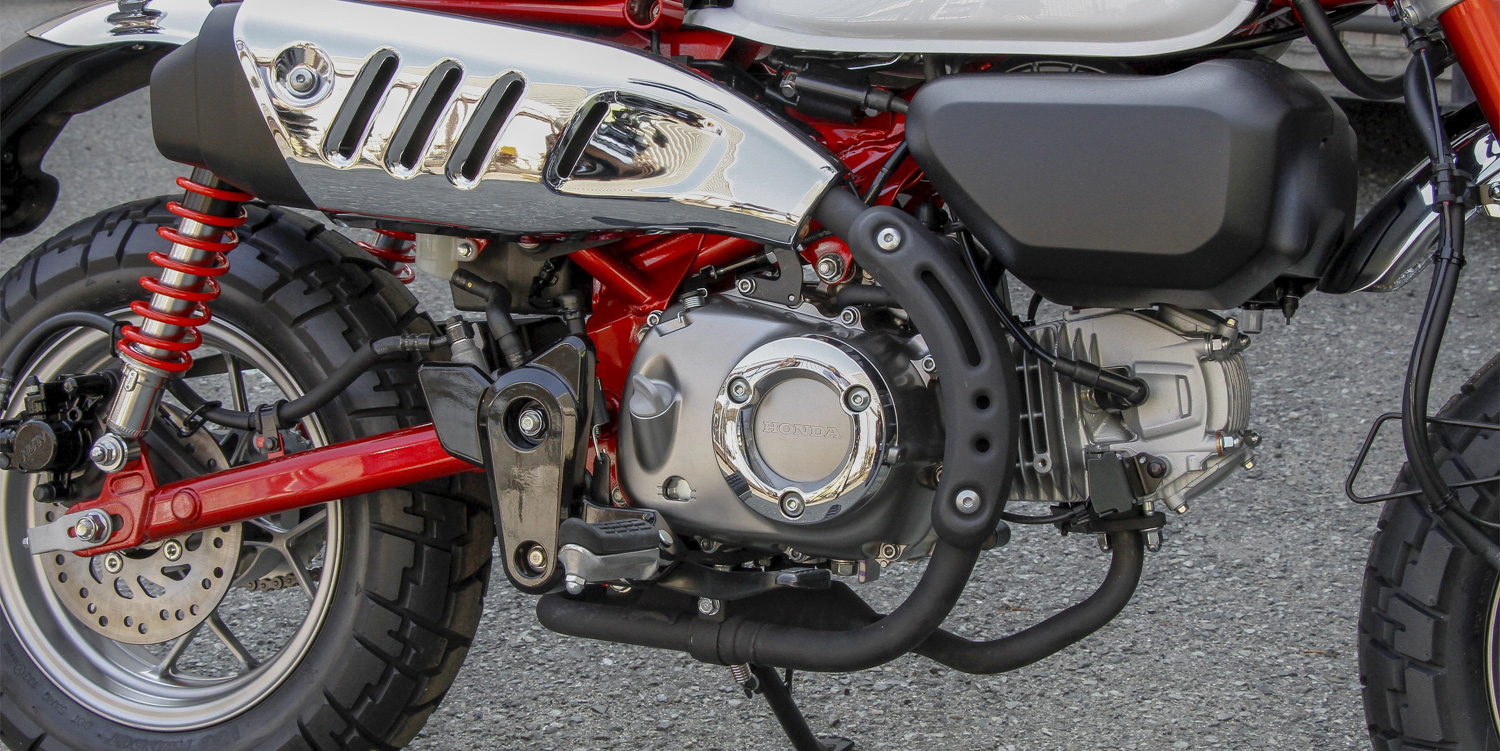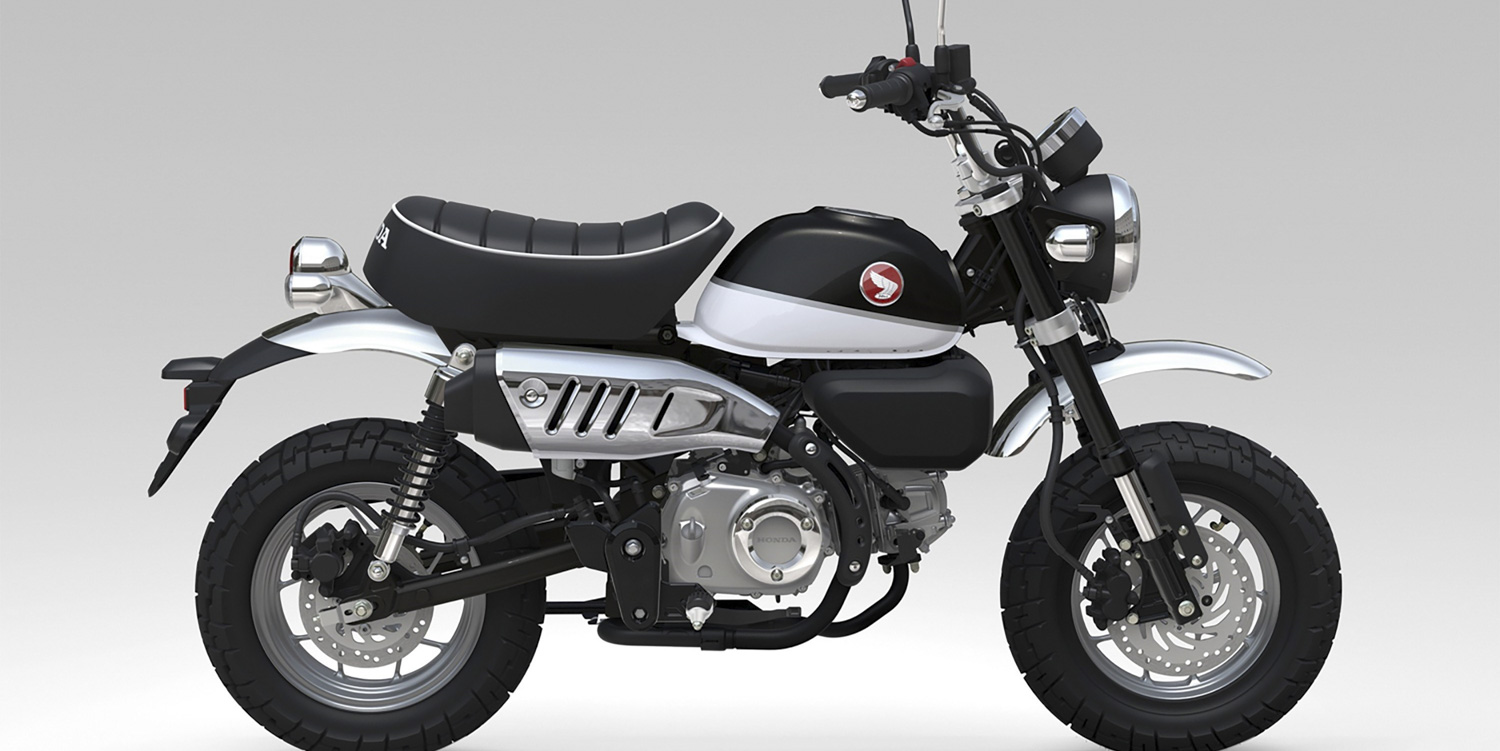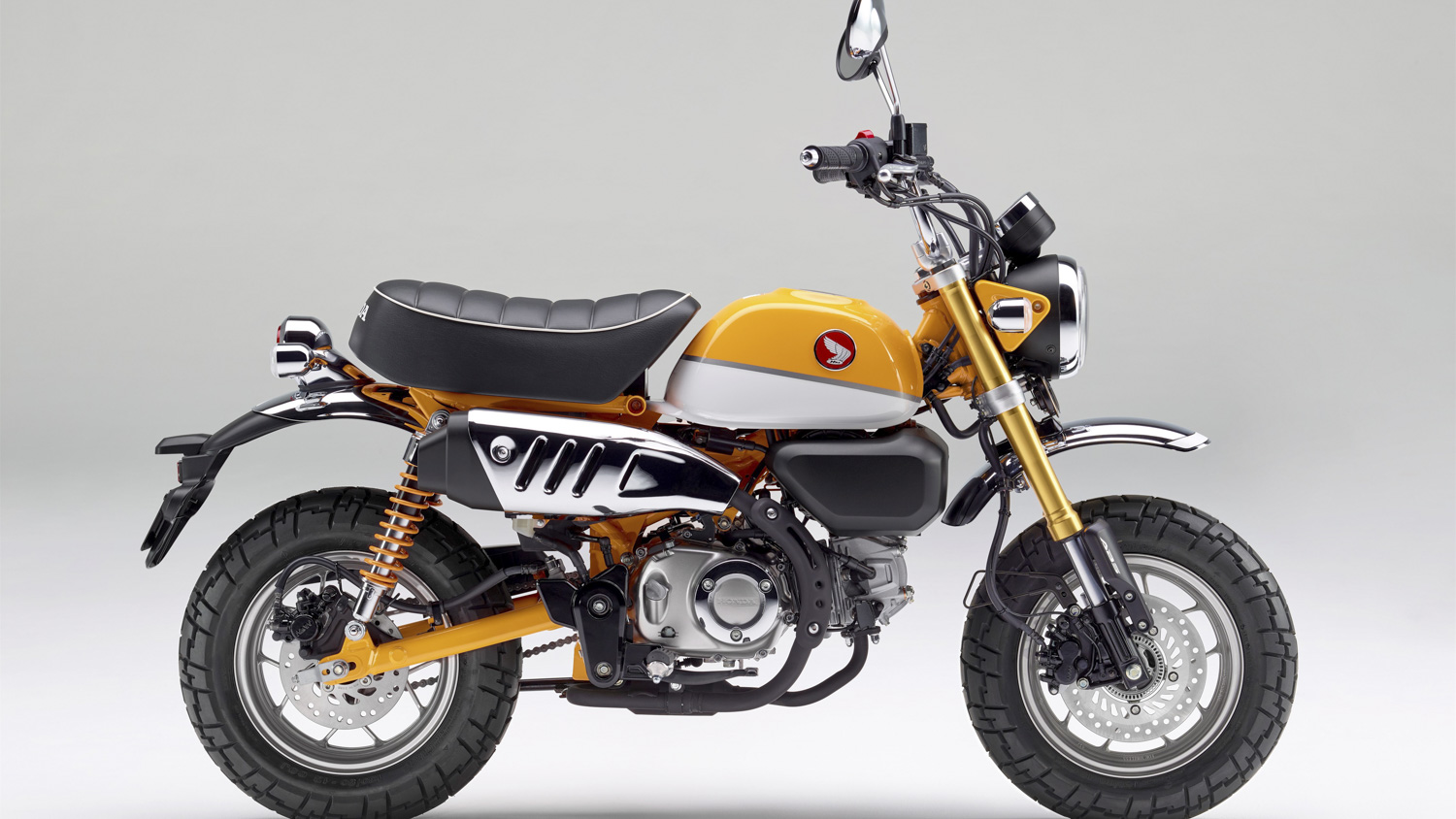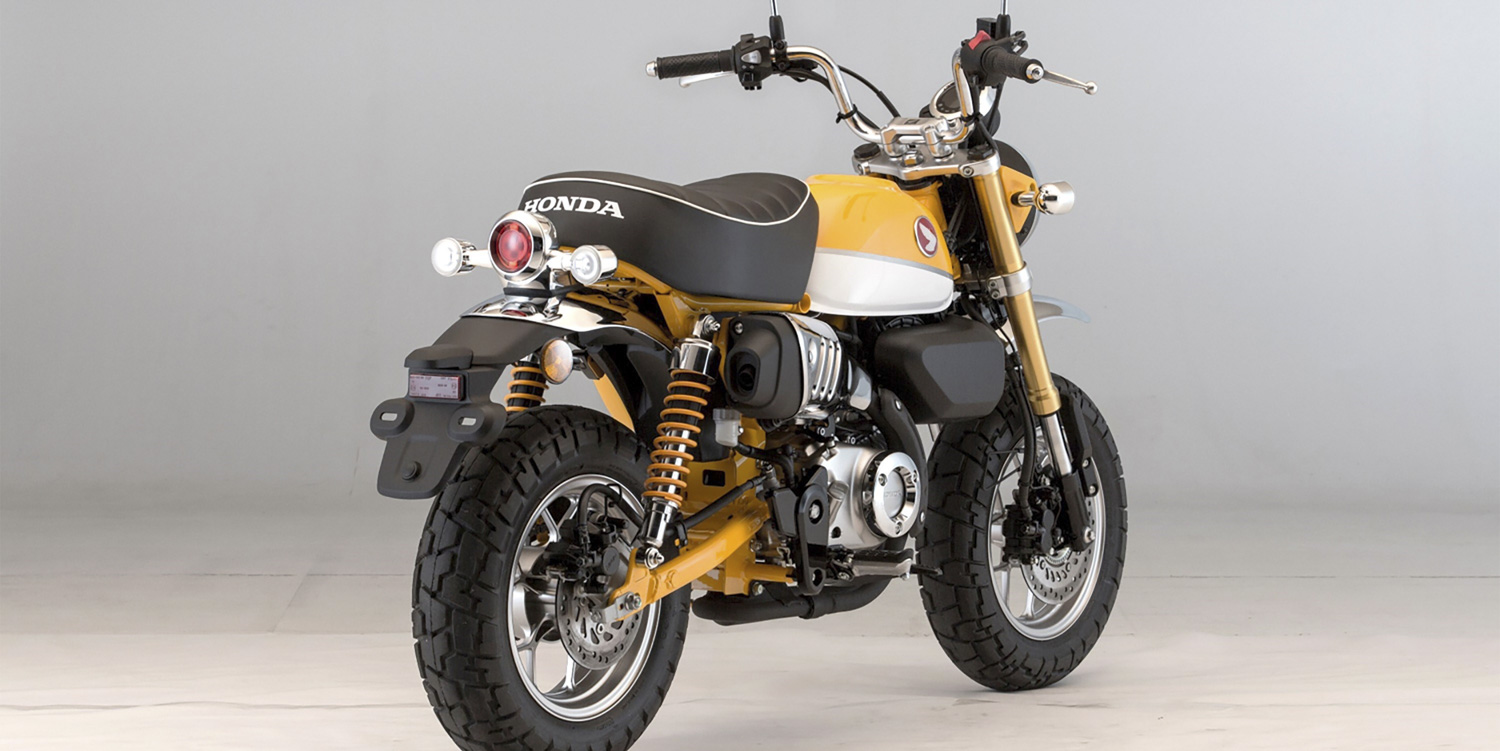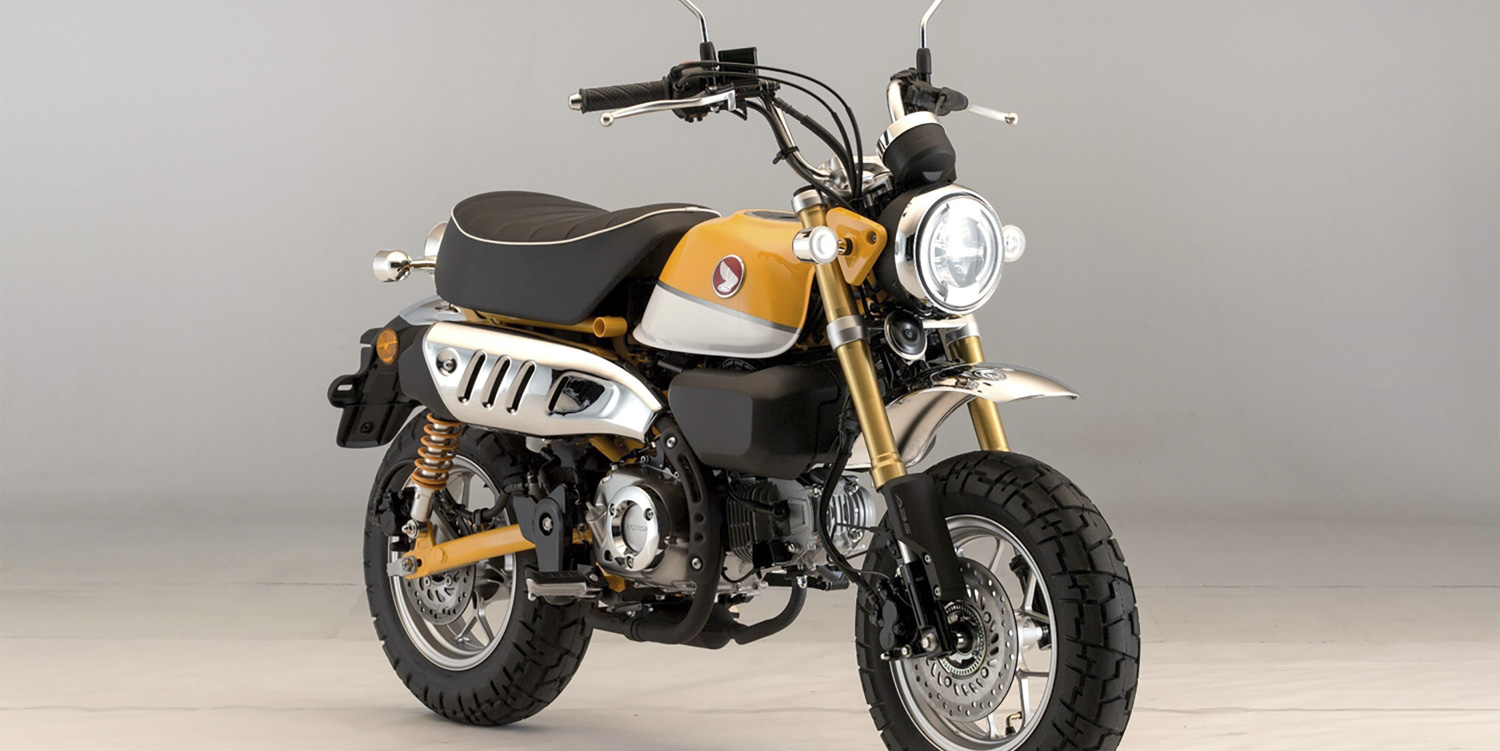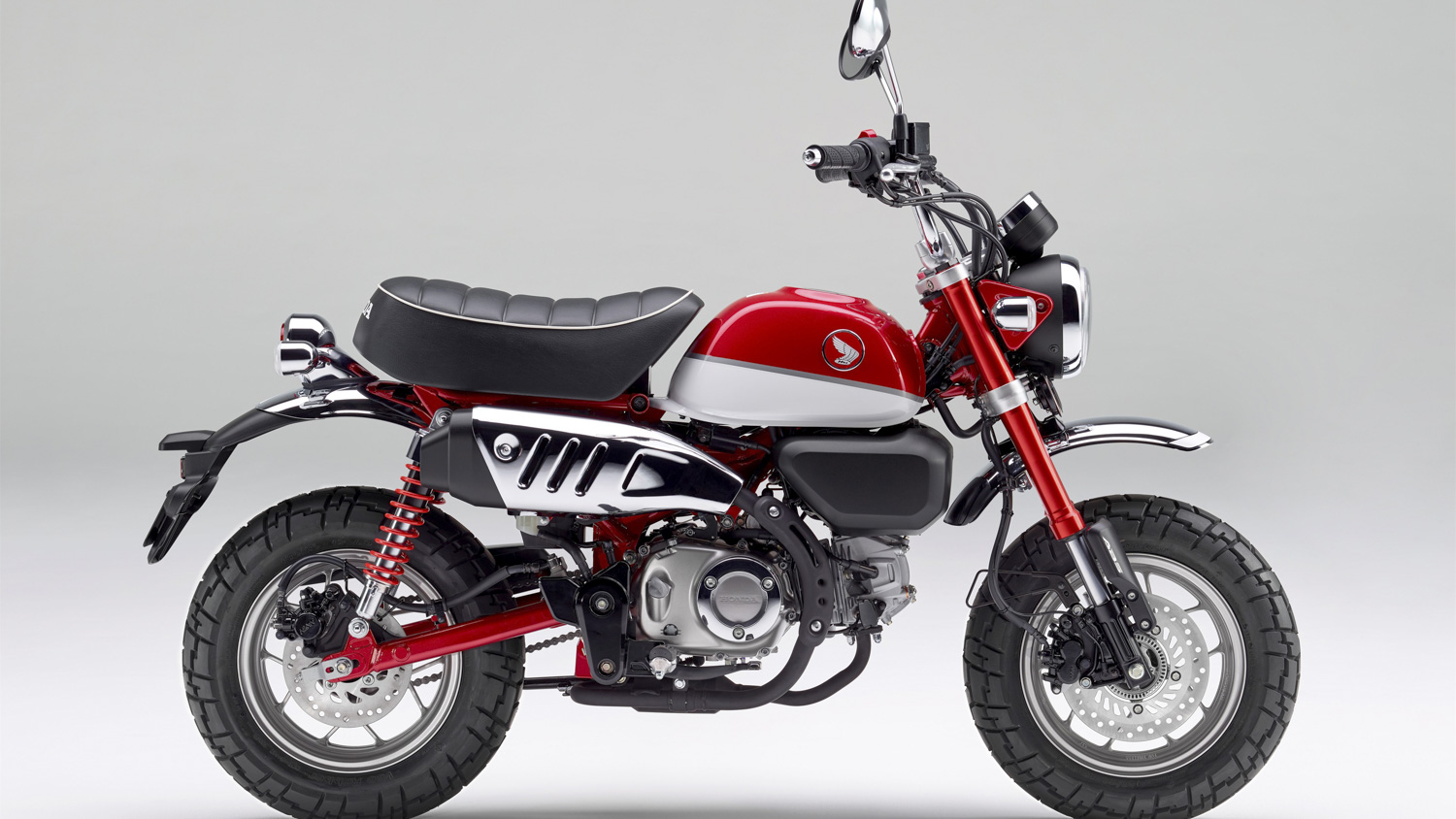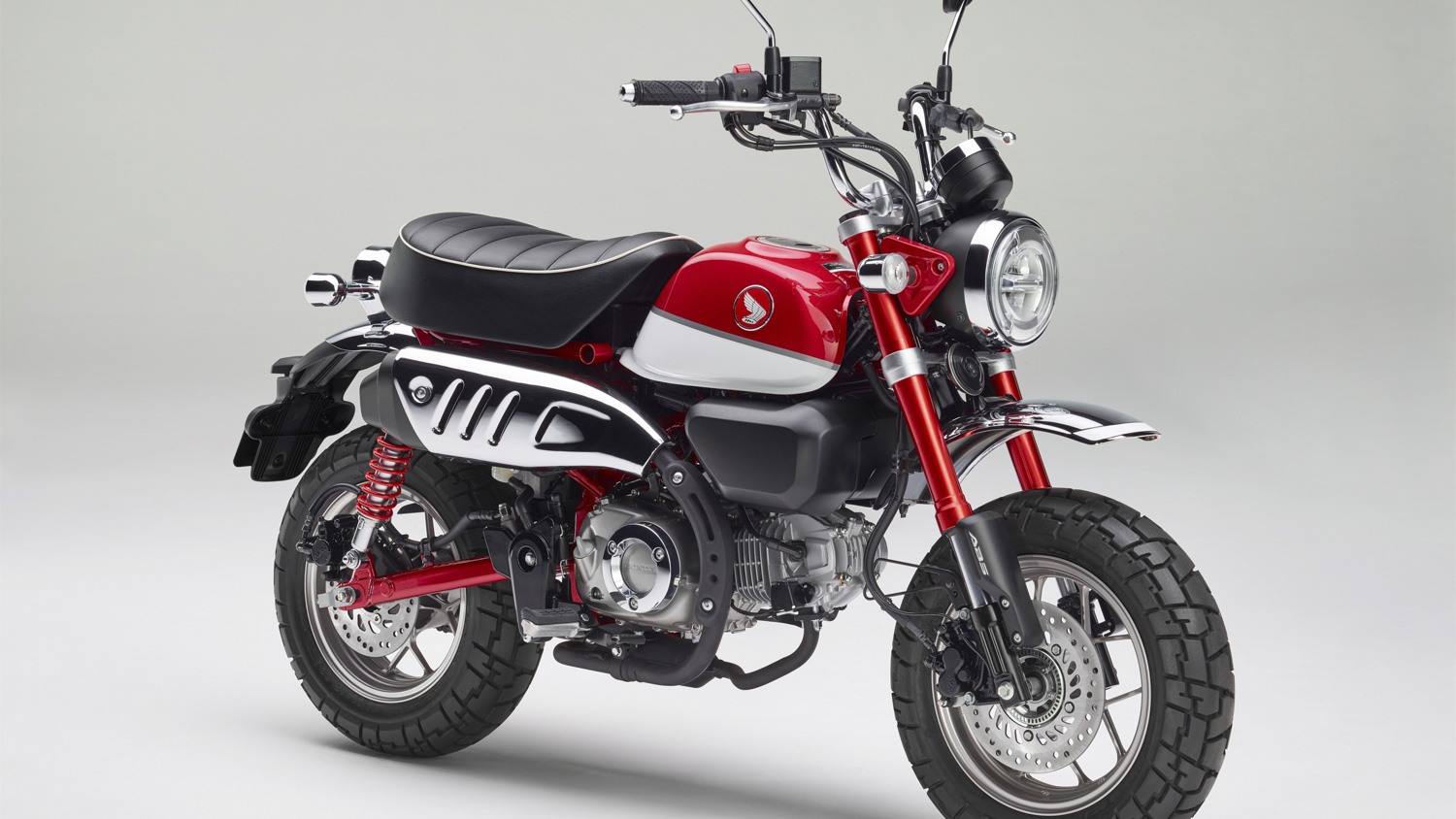As a motorcycle rider for nearly 15 years, when pocket-bikes started to gain popularity, I thought everyone had taken some quite potent hallucinogens. Why would anyone subject themselves to the terrible ergonomics of a pint-sized motorcycle on purpose? Why would you want less horsepower than a standard lawnmower? And just a general “Why?” thrown in for good measure. Then I rode one and understood. It’s distilled hilarity in a world all-too-serious, which is exactly the reason Honda is returning to the world its iconic Monkey for 2018.
The Honda Monkey (I’ll never not snicker when typing that name) began life as a child’s amusement park ride for Japan in the early 1960s. Featuring a 49cc engine, the pocket-bike allowed children of all ages at Tama Tech amusement park in Tokyo to scoot around the park and likely worry their elders. However, the little motorcycle was so popular with children and adults alike, that Honda decided to build a road-going version. It was sold not only in Japan, but exported to the U.S. and Europe too.
Today’s Monkey is quite different from that original amusement park ride. The revived 2018 model features uprated front forks, twin rear shocks, an LCD instrument display, ABS, LED lighting, and a 125cc engine that generates a whopping 9.25 horsepower. And, because it weighs just 200-odd pounds, all you really need is 9.25 horsepower.
What hasn’t changed from its initial offering is the Monkey’s styling. The Monkey can be finished in the same paint schemes as the original — Banana Yellow, Pearl Nebular, and Pearl Shining Black — and is adorned with a 3-D Old Wing Honda logo from the brand’s past. It also has a chromed steel high-level front and rear mudguards, a stamped exhaust shield, old-school circular mirrors, and a set of high-rise handlebars. Plus, it says Monkey really big on the side.
Unfortunately, Honda hasn’t yet released where the Monkey will be available to purchase or how much it will cost. Hopefully, the company brings a price tag worthy of the Monkey’s miniscule status and ships it over to the United States, as we desperately need to look like a gorilla atop a tricycle when testing one.
